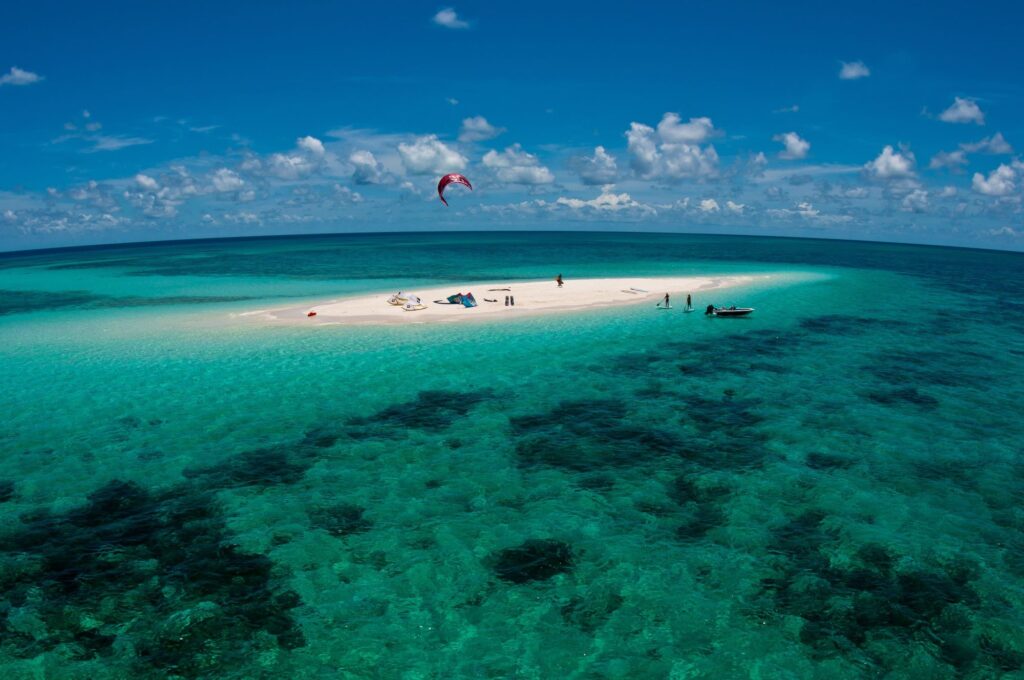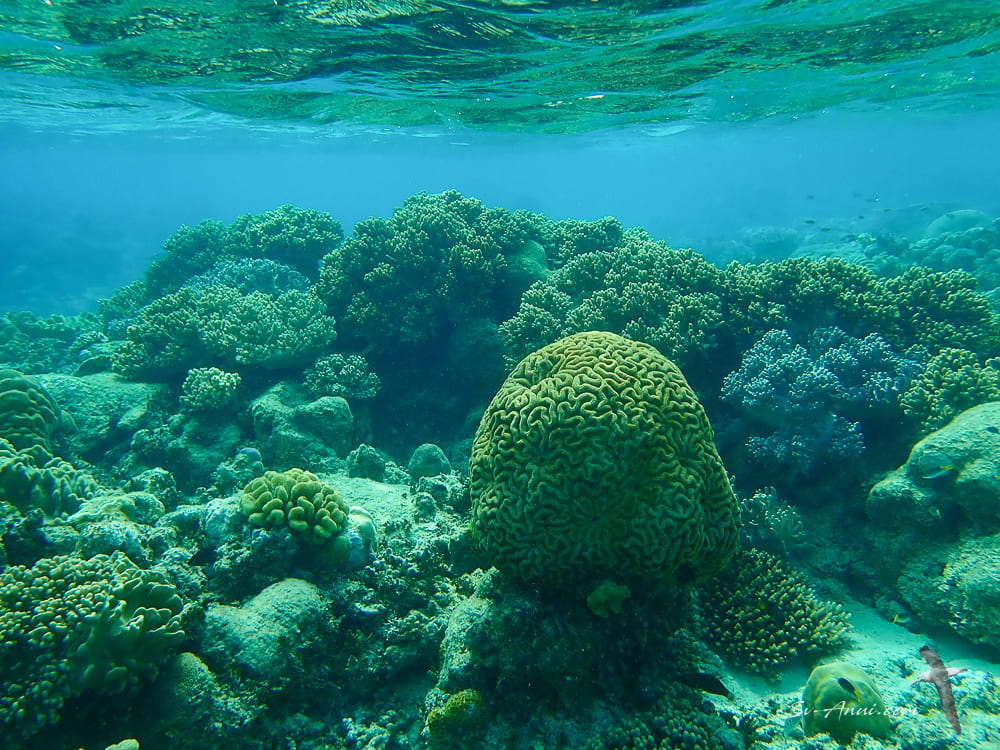
Sudbury Reef, known for its stunning underwater landscapes and vibrant marine life, presents a unique ecological zone that warrants exploration. This article delves into the characteristics of the Sudbury Reef’s environment, its marine inhabitants, and the conservation efforts necessary to protect this vital space. With a diverse range of species and ecosystems, the Sudbury Reef embodies the richness of marine biodiversity.
Understanding Sudbury Reef

Sudbury Reef is located off the coast of Australia, known for its rich coral reefs and marine biodiversity. This aquatic space is not only a hotspot for marine life but also an important area for research and conservation due to its fragile ecosystem. The physical composition of the reef, primarily made up of hard and soft corals, provides a structured environment for various species. Factors like water temperature, salinity, and nutrient levels play a pivotal role in shaping the ecosystem of Sudbury Reef. Interestingly, the reef’s beauty attracts both scientists and recreational divers, further highlighting its importance in marine studies. Understanding the unique aspects of Sudbury Reef is crucial for both conservation and tourism purposes.
Marine Life Richness

One of the most striking features of Sudbury Reef is its vast array of marine life, making it a prime location for biodiversity. The reef hosts an extensive collection of fish species, invertebrates, and other marine organisms. Some of the most notable inhabitants include various types of corals, sponges, and algae. Additionally, the reef is home to numerous fish species, including both tropical and temperate varieties. Among these, you can find colorful parrotfish, clownfish, and even larger species such as reef sharks. The interplay of different species creates a dynamic ecosystem that thrives in the environmental conditions present at the Sudbury Reef.
The Role of Conservation

Conservation is a significant aspect of maintaining the ecological balance within the Sudbury Reef. Efforts to protect this area include establishing marine protected areas, which aim to limit human impact on the ecosystem. The initiatives focus on reducing pollution, overfishing, and habitat destruction. Local communities and organizations are increasingly participating in conservation activities, such as coral restoration and monitoring of fish populations. Public awareness campaigns are also essential in educating tourists and locals about the importance of preserving this vital space. Through these combined efforts, it’s possible to foster a sustainable relationship between humans and marine environments.
Impact of Climate Change
Climate change poses one of the most significant threats to the ecosystems surrounding Sudbury Reef. Rising sea temperatures have been linked to coral bleaching, which compromises the health and resilience of coral formations. Additionally, increased carbon emissions lead to ocean acidification, which negatively affects marine life, particularly organisms with calcium carbonate structures like corals and mollusks. The changes in weather patterns also impact the overall health of fish populations and their habitats. Monitoring and studying these impacts can guide effective responses to mitigate the damage caused by climate change. Addressing climate change is crucial for the continued health of the Sudbury Reef’s ecosystems.
Visitor Experience and Activities
Visitors to Sudbury Reef can engage in a variety of activities, making it a popular destination for eco-tourism. Snorkeling and scuba diving offer unique opportunities to explore the vibrant underwater ecosystems. The experience of swimming alongside colorful fish and intricate coral formations creates unforgettable memories for many. Eco-friendly tours that include boat trips and guided dives also promote understanding and appreciation of the reef’s biodiversity. Furthermore, photography excursions allow enthusiasts to capture the stunning visuals of marine life in its natural habitat. Engaging in these activities helps raise awareness of the importance of reef conservation.
Conclusion
The space around Sudbury Reef is a treasure trove of biodiversity and ecological significance, requiring ongoing exploration and conservation efforts. With its diverse marine life, the impact of climate change, and the importance of conservation, Sudbury Reef represents both the beauty and vulnerability of marine ecosystems. As visitors experience the wonders of this reef, it becomes paramount to instill an ethos of protection and respect for such natural environments. Collectively, we can ensure that the Sudbury Reef continues to thrive for future generations to enjoy and learn from.
FAQs
Sudbury Reef is known for its diverse marine life, stunning coral formations, and its significance as a vital marine ecosystem.
2. What types of activities can visitors do at Sudbury Reef?
Visitors can enjoy snorkeling, scuba diving, eco-friendly boat tours, and photography excursions to experience the reef’s beauty.
3. How does climate change affect Sudbury Reef?
Climate change results in rising sea temperatures and ocean acidification, leading to coral bleaching and adverse effects on marine life.
4. What conservation efforts are being made for Sudbury Reef?
Conservation efforts include establishing marine protected areas, public awareness campaigns, and local community engagement in restoration activities.
5. Why is biodiversity important in Sudbury Reef?
Biodiversity is essential for maintaining ecological balance, ensuring resilience against environmental changes, and supporting marine life sustainability.
